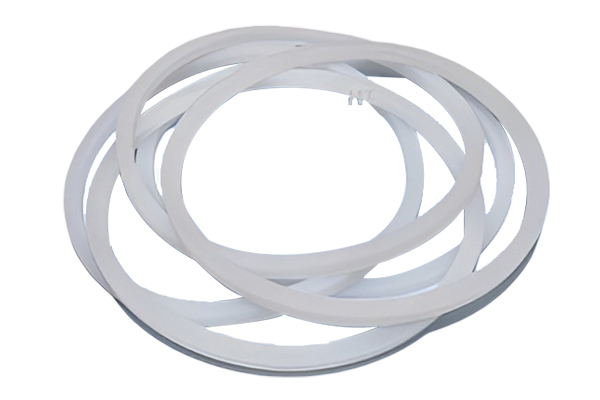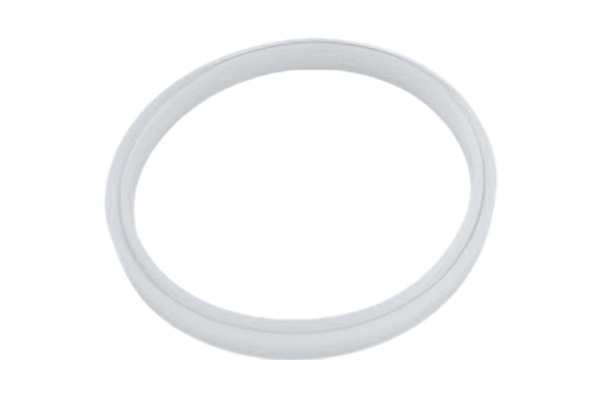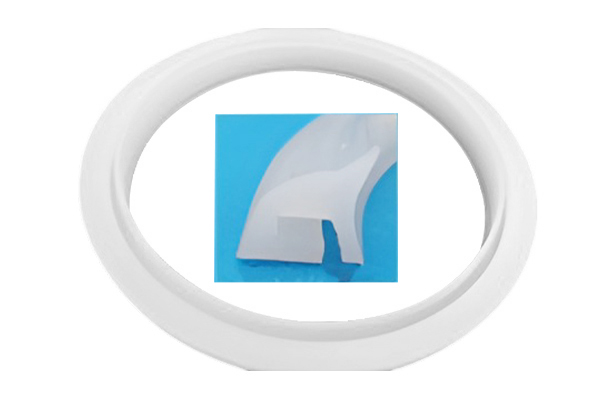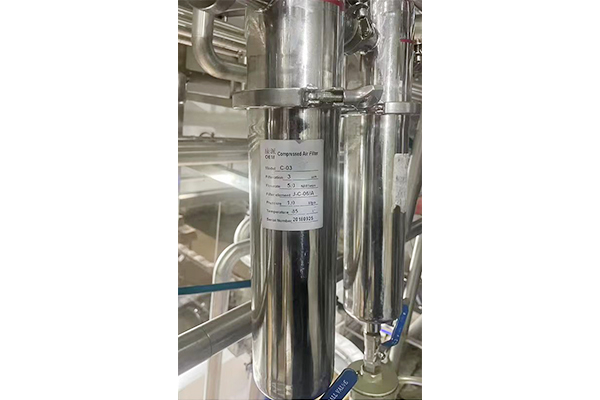How does the refractive index of laser lens zinc selenide change with wavelength?
Release Time : 2025-04-10
As an infrared optical material with excellent performance, zinc selenide (ZnSe) occupies an important position in the field of laser lens zinc selenide. The change law of its refractive index with wavelength not only directly affects the optical performance of the lens, but also plays a key role in the design and application of the laser system. The following is an in-depth analysis of its change law from the dimensions of scientific principles, experimental data, and application impact.
The refractive index of zinc selenide decreases with increasing wavelength, and it is a typical normal dispersion material. This phenomenon originates from the difference in propagation speed of light of different wavelengths when light interacts with matter. Specifically, short-wavelength light (such as blue light) propagates slowly in the medium and has a higher refractive index; long-wavelength light (such as red light) is the opposite. For example, when the wavelength increases from 3μm to 14.2μm, the refractive index of zinc selenide decreases from 2.4376 to 2.3744. This dispersion characteristic causes chromatic aberration of white light after passing through the lens, which needs to be compensated by optical design.
Experimental data show that the refractive index of zinc selenide decreases significantly with increasing wavelength in the 3-14.2μm infrared band. At a wavelength of 3μm, the refractive index is 2.4376; at a wavelength of 14.2μm, the refractive index drops to 2.3744. This trend shows that zinc selenide has a higher refractive index in the short-wavelength region (such as 3-5μm mid-wave infrared), which is suitable for making high-magnification lenses; while in the long-wavelength region (such as the 10.6μm CO₂ laser band), the refractive index is lower, which is conducive to reducing light absorption and thermal effects.
Specifically for zinc selenide, its refractive index change can be fitted by dispersion formulas (such as the Cauchy equation), but attention should be paid to the scope of application of the formula and the assumption of material isotropy. In addition, the crystal structure (face-centered cubic) and electronic band structure of zinc selenide also affect its refractive index change.
The transmission wavelength range of zinc selenide is 0.48-21μm, covering the visible light to far infrared region. In the 3-5μm mid-wave infrared band, its refractive index is about 2.44, with small dispersion and low absorption coefficient, making it an irreplaceable optical material in this band. However, in the short wavelength region (such as visible light), the refractive index increases sharply, which may lead to enhanced light absorption. The working band needs to be selected according to actual needs. For example, in multispectral optical systems, zinc selenide can be combined with materials such as calcium fluoride (CaF₂) to balance chromatic aberration and transmittance.
The temperature coefficient of the refractive index of zinc selenide is low (about 61×10⁻⁶/°C), and the effect of temperature change on the refractive index is small. This feature enables it to maintain stable optical performance in high temperature or temperature fluctuation environments, and is suitable for temperature-sensitive equipment such as lasers and infrared thermal imagers. However, to further reduce the impact of temperature, a high-hardness anti-reflection film can be plated on the surface of the lens, or an active temperature control system can be used.
Zinc selenide crystals have a face-centered cubic structure and are optically isotropic. However, factors such as stress and impurities during the processing process may lead to uneven refractive index. For example, if the coarse and fine grinding process is not properly controlled, eccentricity errors may be introduced, affecting the optical focal length of the lens. Therefore, it is necessary to control the surface shape accuracy through precision equipment such as CNC lathes to ensure uniform refractive index distribution. In addition, the heat treatment process can improve the crystal quality of the crystal and further improve the optical performance.
In the design of laser lens zinc selenide, the optical system needs to be optimized according to the law of refractive index change. For example, in multi-spectral applications, chromatic aberration can be compensated by multi-layer coating technology; in CO₂ lasers, the low absorption characteristics of zinc selenide at 10.6μm are used to achieve efficient energy transmission. In addition, combined with the dispersion characteristics of other materials (such as zinc sulfide), composite lenses can be designed to further optimize optical performance. For example, the combination of zinc selenide and calcium fluoride can significantly reduce chromatic aberration and improve imaging quality.
The law of refractive index change with wavelength of laser lens zinc selenide is the core manifestation of the optical properties of the material. By deeply understanding its dispersion characteristics, refractive index value, temperature influence and processing technology, a scientific basis can be provided for laser system design. In the future, with the advancement of materials science and optical technology, the application prospects of zinc selenide in the field of infrared optics will be broader.







